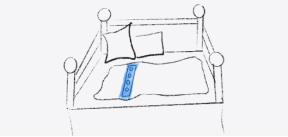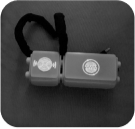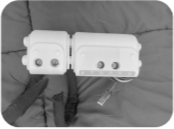How do babies sleep?
Womb-like environment
Tight wrap (think a swaddle or a burrito 🌯)
Rocking movement
White-noise sounds
The
result? The
sleeping swaddle
– inside of it, there are sensors that understand movement intensity,
duration, and sleeping quality. Portable, washable, waterproof and
naturally incorporated into the baby’s sleeping routine.










